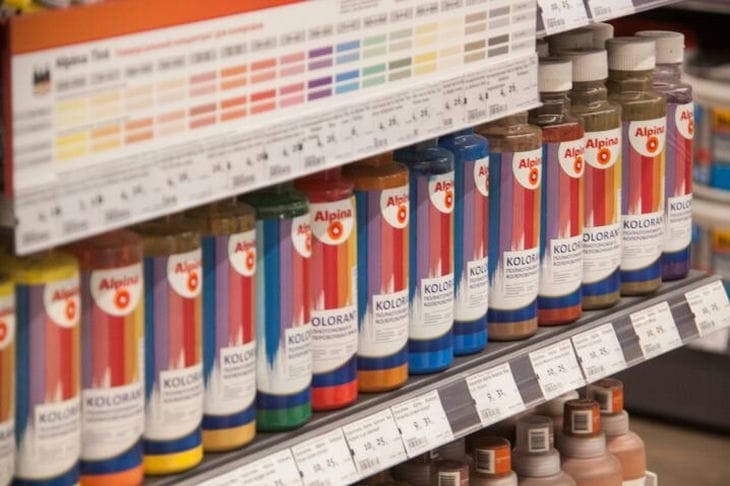How Interior Color Affects Mood: Consider These Tips Before Renovating
The importance of color for a space where people live or work cannot be overestimated.
Wall decoration and interior items are chosen for a long period, so it is necessary to take into account the psychological impact of color on a person.
1. Red
This is a leader's color that has an exciting effect on the nervous system. Depending on a person's psychotype, red can either encourage action and energize, or, on the contrary, cause depression and aggression. It is worth thinking carefully before choosing red for the design of a child's room, bedroom, office or living room.
At the same time, for rooms where a person spends little time – a bathroom, hallway, kitchen – red can be used as a bright accent with a basic neutral color scheme.
If you really want to decorate your room in red, it is recommended to consider calmer shades - terracotta, coral or burgundy.

Red should not be used in small spaces.
When choosing a companion color to red, preference should be given to white, yellow or brown.
2. Green
Green is the color of serenity, which characterizes the owner of the premises as a calm and constant person living by traditions. Green interior has a beneficial effect on the heart, helps in the fight against insomnia.
Green combined with beige is very popular among interior designers.
3. Blue
Blue color suggests a cold business style. For living spaces, it is better to give preference to light blue. It has a relaxing effect on people, so it is especially suitable for the bedroom.
There is an opinion that people suffering from stomach diseases and allergies feel better in an interior decorated in blue tones.
Blue goes well with grey, turquoise, burgundy. Light blue goes well with white, light purple.
4. Purple
Purple is considered the color of wisdom and inspiration in many cultures. When decorating a room, it is not advisable to use it in its pure form, as it makes everything narrow and oppressive.
5. Yellow
Yellow is a positive color that brings joy. This color is chosen by strong and successful people. It has a positive effect on diabetics and people who have kidney problems.
Yellow is compatible with green, blue, gray. But moderation is important everywhere. A large amount of yellow is not recommended.
Yellow in tandem with blue is good for decorating a large office space. This will improve the mood and relationships in the team.
6. White and black
White is a cold color - it means purity, black is an elegant color, but it instills fear, it should be used with extreme caution. White goes well with all colors. Black works well with red, yellow and green.
A universal variant of white is a creamy shade. It can be used boldly in any interior.
Basically, white is a solemn, festive color. It improves well-being, calms. However, designers do not recommend making a solid white wall. To maintain harmony, the wall should be filled with bright details.
Black color is best used in the hallway and toilet.
7. Brown
Brown and its shades predominate in the interior of many people. From a psychological point of view, brown means stability, a stable position. It is effective in reducing excitability.
8. Light shades
Particular attention should be paid to the design of the children's room. It should be in light green, muted pink and soft blue tones. Many bright colors have a negative effect on the growing body, interfere with concentration.
Finally, for the premises it is necessary to choose colours that evoke a feeling of well-being and have a positive effect on the nervous system.
A beautifully decorated interior in a well-chosen color scheme has a beneficial effect on your mood and creates a good atmosphere at home and at work.
